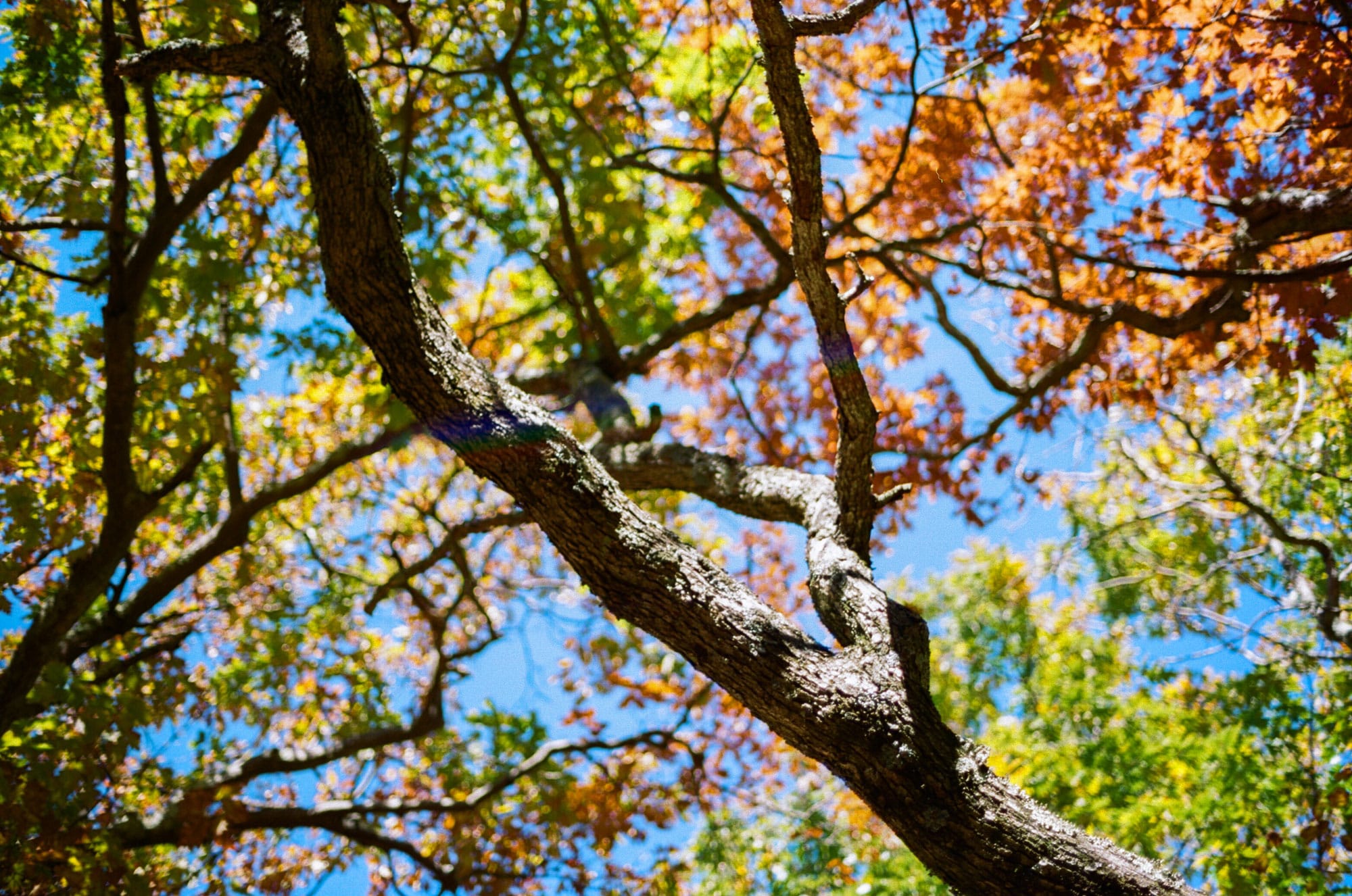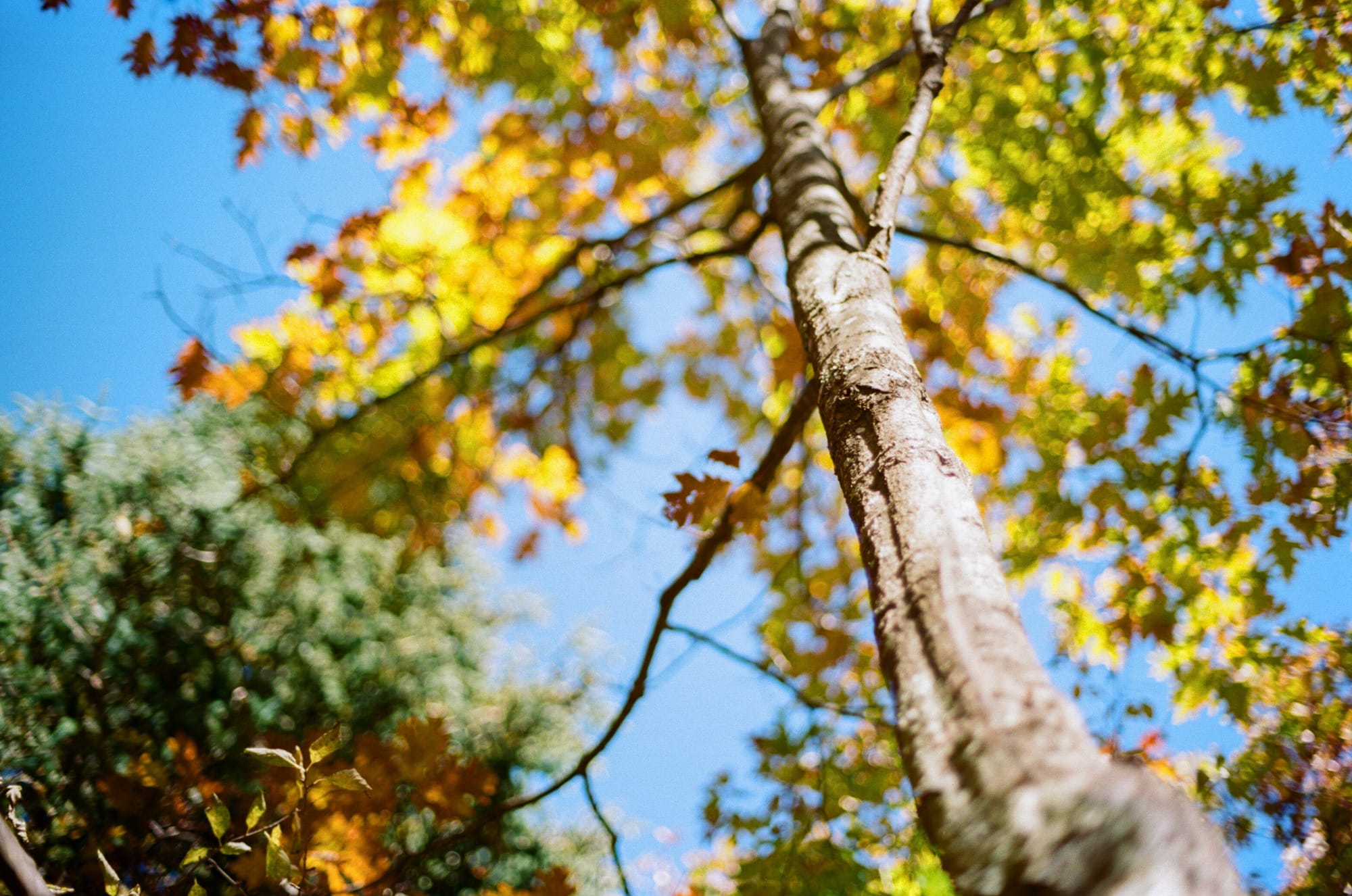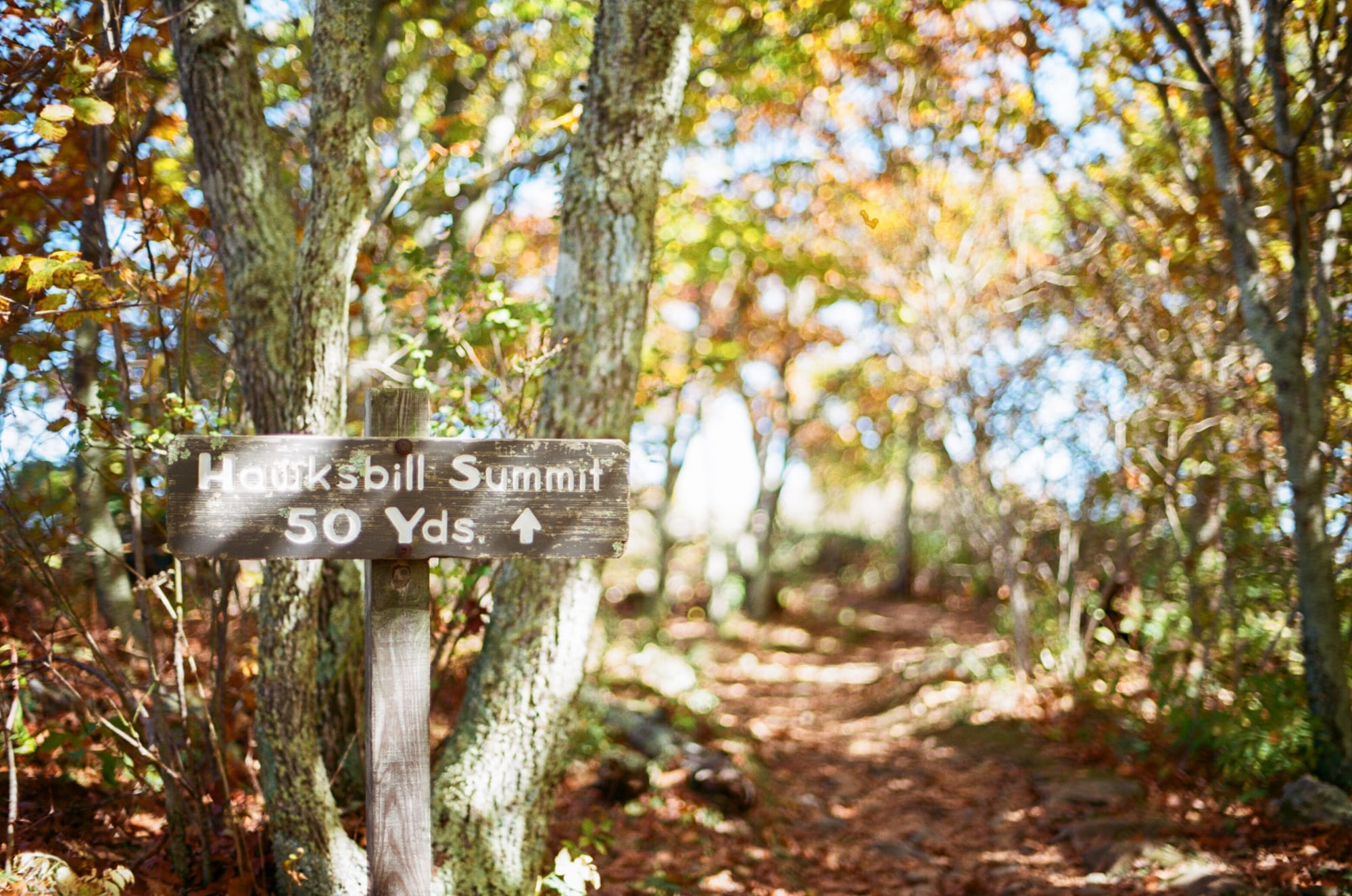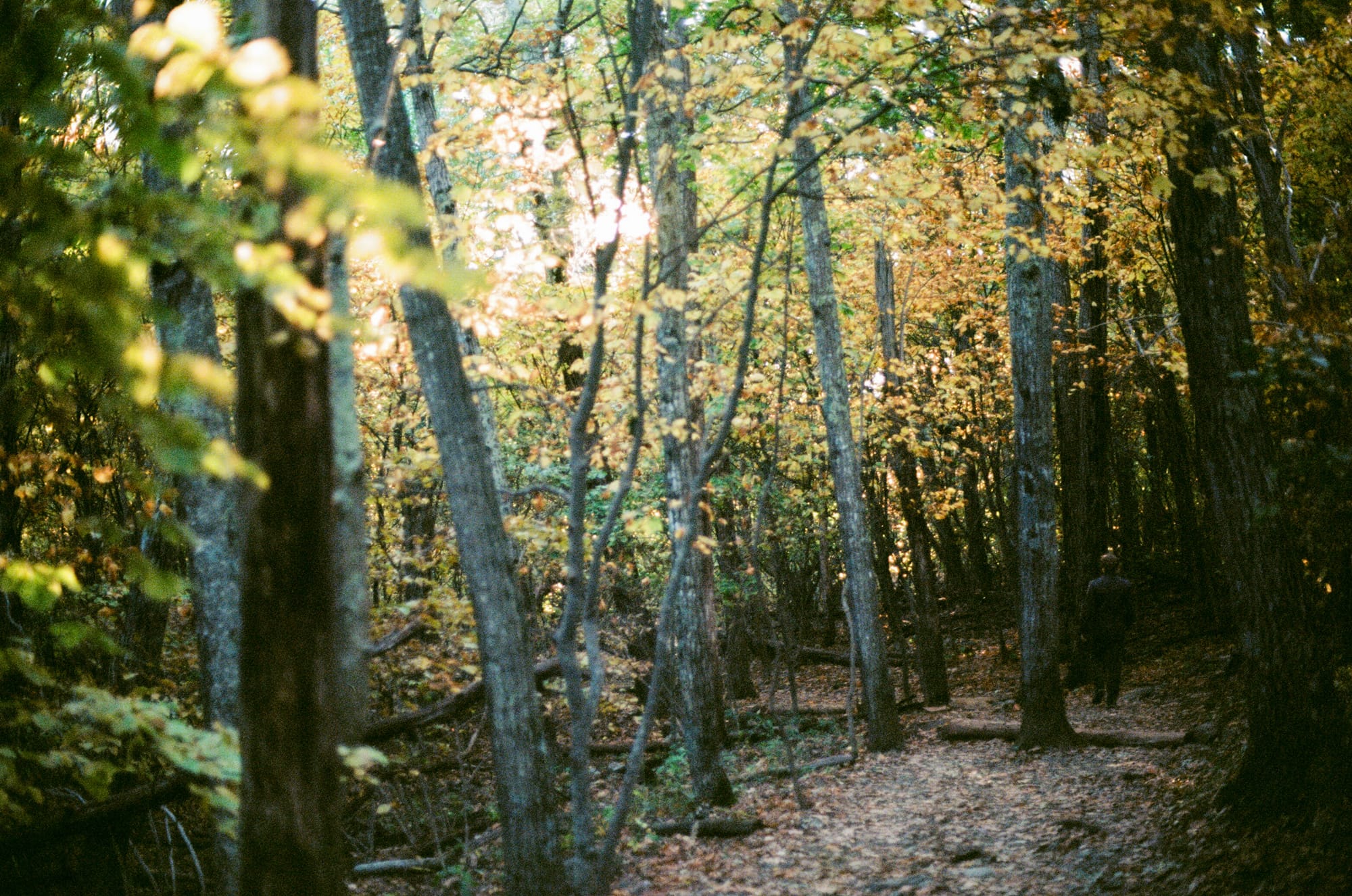Learning film photography
Learning to shoot photos on film was easy and cost less than $100.

As a kid, I used many 35mm disposable cameras and a Canon "SureShot."
I never moved beyond point-and-shoot until this year – 2015.
I'm not sure what, in particular, inspired me to return to film photography, but I did.
In September, I began to research various entry-level SLRs and watch related YouTube tutorials.
I then bought a Canon AE-1 on Craigslist and a couple of rolls of film at a thrift shop in Northern Virginia. The total cost was around $60.
By the end of the year, I received my first set of scans from the lab.



I shared some of the photos with an old friend from film school.
"Why are you shooting 35," he asked. "Try out 120."
By "120" he meant 120mm – medium-format – film.
A medium-format camera was a much larger financial investment than the AE-1, but I knew it was something I would regret not trying. I went on eBay and bid for a Mamiya 6.
Soon after purchasing it, the Mamiya stopped working. The shutter curtain and another part jammed. Using diagrams of the camera I found online, I dismantled the Mamiya, fixed the issue, and put all of the parts back together. Disassembling and reassembling a machine can be a great way to learn how it works.
Want to try it yourself?
Good entry-level SLR: Canon AE-1
Good film stock for portraits: Kodak Portra 400
Good lab: Indie Film Lab
Shooting tips:
- After you load a new roll, set the ASA number on your camera to match the speed of your film – e.g. if the film speed is 400, set the ASA to 400. The ASA tells you how sensitive the film is to light. Low speeds – e.g. 50 and 100 – are great for bright days outside. High speeds – e.g. 800 – are great for low light environments. Also keep in mind that higher speed films will be more contrasty than lower ones.
- Set your shutter no lower than 1/125th of a second, unless you plan to use a tripod. Otherwise, you'll get motion blur from the camera shaking. I usually keep mine at 1/125th, unless I'm shooting fast action – then I step up to 1/250 or 1/500.
- Each time you take a shot, check the light meter in the viewfinder for the recommended f-stop.
- When you focus, remember that the dial is set in increments of meters. If you are unsure about the focus in the viewfinder, you can always look at the dial number and see if the subject is about that distance away.
- After you finish shooting a roll, DO NOT open the camera. First, roll the film back onto the spool. Otherwise, you'll expose the film to light and ruin all of your photos (I've done this before).
